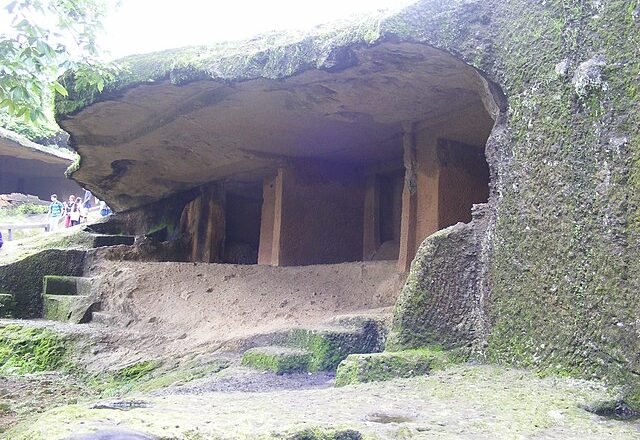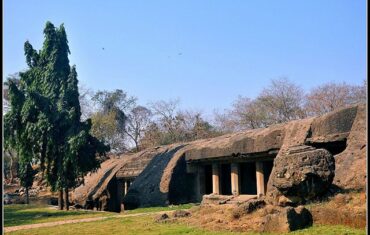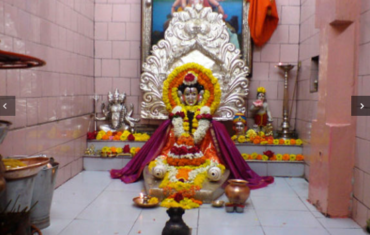Kanheri Caves Mumbai are a group of caves and rock-cut monuments cut into a massive basalt outcrop in the forests of the Sanjay Gandhi National Park, on the former island of Salsette in the western outskirts of Mumbai, India. They contain Buddhist sculptures and relief carvings, paintings and inscriptions, dating from the 1st century CE to the 10th century CE. Kanheri comes from the Sanskrit Krishnagiri, which means black mountain. Visit during North Mumbai Local sightseeing.
Distance From City Center Location of Kanheri Caves
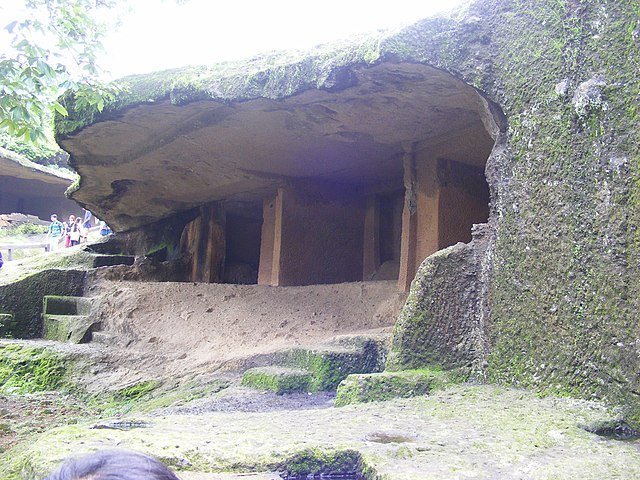
Kanheri Caves are situated about 40 km from the city center of Mumbai. The nearest railway station is Borivali, which is connected to major cities like Mumbai, Pune, Ahmedabad, and Delhi. The nearest airport is Chhatrapati Shivaji International Airport, which is about 25 km away.
Timing/Entry Fees Kanheri Caves

Kanheri Caves are open daily from 7:30 am to 5:30 pm. The entry fee for Indian nationals is Rs. 15 per person and for foreign nationals is Rs. 200 per person. There is also a fee for photography and videography, which is Rs. 25 and Rs. 100 respectively.
How to reach Kanheri Caves
There are various modes of transport available to reach the caves. One can take a bus, taxi, auto-rickshaw, or car from the railway station or the airport. There are also special buses that run from Borivali station to the caves during weekends and holidays. Alternatively, one can also take a toy train from Borivali station to the entrance of the national park and then walk or hire a bicycle to reach the caves.
Things to Do / Must See Kanheri Caves
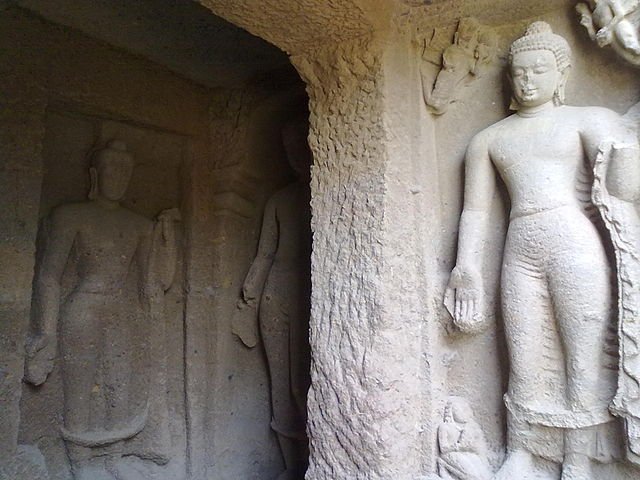
There are many things to do and see at the caves and the national park. Some of them are:
- Darshan of Kanheri Caves: The main attraction of the caves is the darshan of the Buddhist sculptures and paintings that adorn the walls and ceilings of the caves. The caves are numbered from 1 to 109 and each cave has a different function and style. Some of the notable caves are:
- Cave 3: This is the largest and most impressive cave in Kanheri. It is a chaitya (prayer hall) with a huge stupa (dome-shaped structure) at one end and a large arch-shaped window at the other end. The walls and pillars are carved with various scenes from the life of Buddha and his previous incarnations.
- Cave 11: This is another chaitya cave with a stupa and a wooden facade that has survived over time. The facade has intricate carvings of animals, flowers, and geometric patterns.
- Cave 34: This is a vihara (monastery) cave with a shrine containing a colossal statue of Buddha in a seated posture. The statue is flanked by two bodhisattvas (enlightened beings) and has a halo around its head.
- Cave 41: This is a unique cave with a circular chamber containing a stupa surrounded by 12 pillars. The chamber has four entrances with carved doorways and windows.
- Cave 90: This is one of the few caves that have inscriptions in Pahlavi language, which was used by the Sassanian rulers of Iran. The inscriptions record donations made by Iranian merchants to the Buddhist monks.
- Sanjay Gandhi National Park: This is a protected area that covers an area of 104 sq km and hosts a rich biodiversity of flora and fauna. The park has many attractions such as:
- Lion and Tiger Safari: This is an enclosed area where visitors can see lions and tigers in their natural habitat from a bus.
- Vanrani Mini Train: This is a toy train that runs through the park and offers scenic views of the forest and hills.
- Nature Trails: There are many nature trails in the park that allow visitors to explore the park on foot or bicycle and observe various plants and animals.
- Shilonda Trail: This is a popular trail that leads to a stream and waterfall in the park.
- Gandhi Tekdi: This is a hilltop where a memorial for Mahatma Gandhi is located.
Significance of Kanheri Caves

The caves have a great significance for the history and culture of India. They are one of the oldest surviving examples of rock-cut architecture in India and reflect the development of Buddhist art and thought over centuries. They also provide evidence of trade and cultural contacts between India and other regions such as Iran, Central Asia, China, and Southeast Asia.
The caves are also significant for their location and environment. They are situated in one of the largest urban national parks in the world and offer a green oasis amidst the concrete jungle of Mumbai. They also provide an opportunity for nature lovers and adventure seekers to enjoy various activities such as trekking, cycling, birdwatching, etc.
FAQ’s
Q: What are the timings for darshan?
A: The timings for darshan are from 7:30 am to 5:30 pm daily.
Q: What are the entry fees?
A: The entry fees for Indian nationals are Rs. 15 per person and for foreign nationals are Rs. 200 per person. There are also fees for photography and videography, which are Rs. 25 and Rs. 100 respectively.
Q: What are the best time to visit?
A: The best time to visit is during monsoon (June to September) when the caves look more beautiful with greenery and waterfalls.
Conclusion
Kanheri Caves Mumbai are a treasure trove of ancient art, culture, and spirituality. They are a place where one can admire the craftsmanship and creativity of our ancestors and learn about their beliefs and values. They are also a place where one can enjoy nature’s beauty and bounty in harmony with wildlife. They are a place worth visiting for anyone who loves history, culture, or nature.

